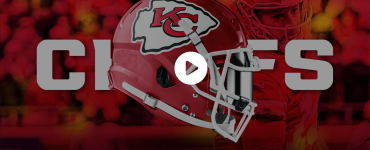
Companies today are moving from systems of transactions to systems of engagement. More and more companies are adopting employee social networks and adapting it to their needs. While this adaptation is paramount in leading to increased communication, collaboration and teamwork, they also have a significant impact on performance management.
What Is Performance Management
The goal of the performance management system is to increase the performance at an individual and an organizational level. Components of an effective performance management system include:
- Performance Planning (including employee goal setting / objective setting)
- Ongoing Performance Communication
- Data Gathering, Observation and Documentation
- Performance Appraisal Meetings
- Performance Diagnosis and Coaching
When done right the performance management system impacts productivity, customer satisfaction, employee engagement, product and service quality, innovation, and financial performance.
Problems With Performance Management Systems
Performance Appraisal is Not Performance Management – From performance planning to performance diagnosis and coaching, each step is crucial and important in the performance management system . Often times though, the entire focus of the performance management system is placed on the appraisal process.
Performance Management is Not an Ongoing Process – Most employees don’t think about appraisal throughout the year and aren’t clear about their goals for the coming year, let alone how those goals tie into the organization as a whole.
In contrast, social goals and task management drive new levels of efficiency and effectiveness across the organization. Social goals let employees and managers create, publish and track goals among team members. Instant feedback and real-time recognition allow for continual coaching and mentoring opportunities within the organization. I
Performance Management Systems Only Capture Individual Performance Data -Today we have Klout that measures our influence on social media. But what measures our influence at work? Reviewing individual tasks assigned/completed during performance appraisals is not enough.
A social graph helps employers gauge the true performance of an individual and a team. Aren’t most of the bottle-necks within an organization inter-team? A social performance management platform can help organizations focus on removing complications that arise in a less routine, more ambiguous, work environment.
Self-Management 2.0 – Social technologies at work increase company transparency, and create a greater expectation for employees to step-up and be more accountable for their work.







